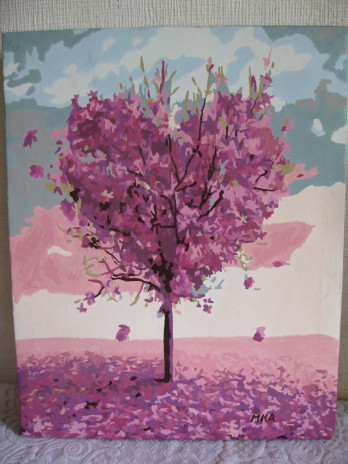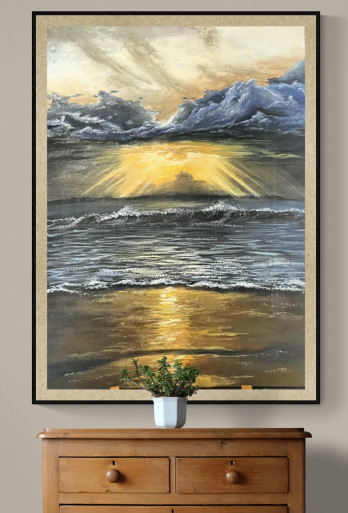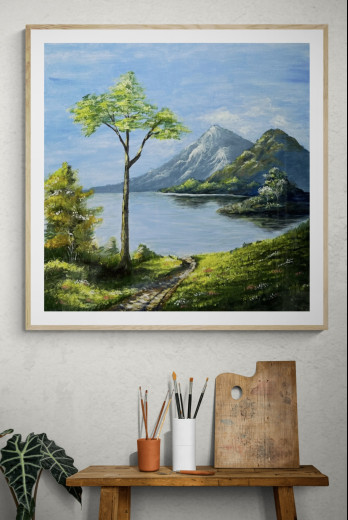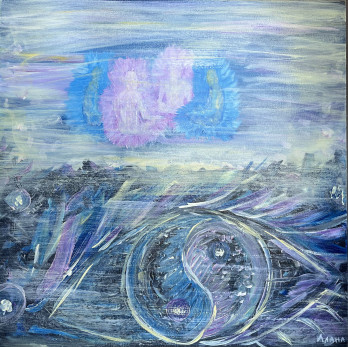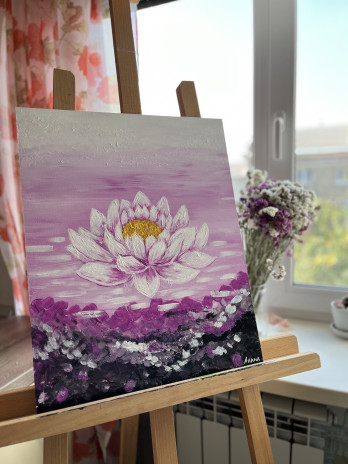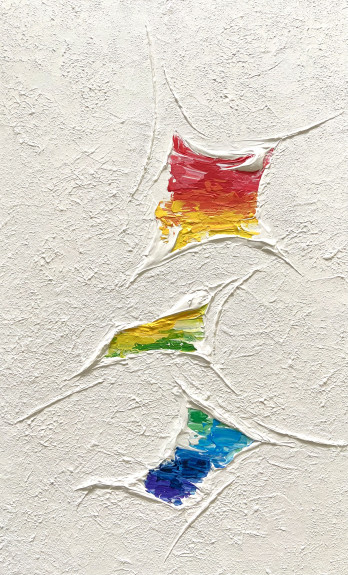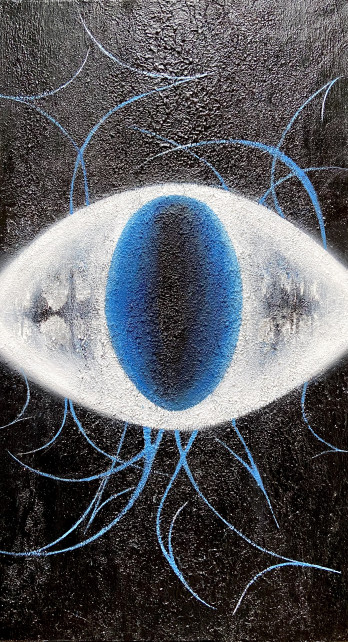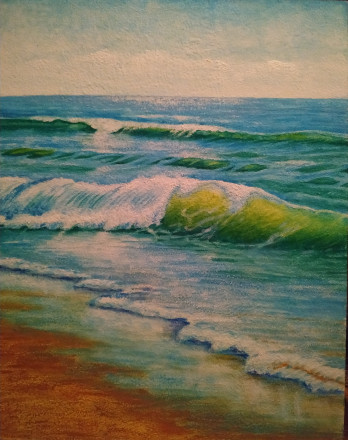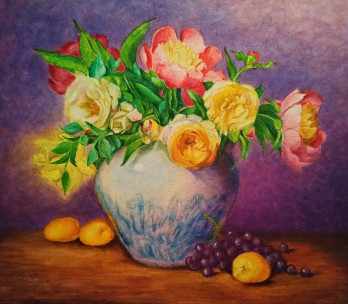Categories:
Oil Paintings Pastel paintings Gouache paintings Watercolor paintings Acrylic paintings Pencil paintings People Nature Nude Cities and countries Flowers Scenery Still life Abstraction Sea Animals Mixed media OtherAcrylic paintings
Acrylic, in general, is an extremely young material when compared with such pillars of painting as oil, watercolor, gouache or tempera. This novelty is one of the features — acrylic came into the art not of related areas of human activity, but from construction.
In essence, acrylic paintings can be considered a certain breakthrough and even a new round in the fine arts in general and painting in particular. Acrylic is a material that has not yet managed to become academic and acquire its own painting school, but the frequency of its use when working among artists is increasing.
The main secret of acrylic is its incredible versatility. It does not require special thinners and varnishes like oil. They can make adjustments to the picture and paint in several layers, unlike watercolors. At the same time, paint fastness, a wide palette of available colors, a high drying rate, water solubility and lack of odor have become a real boon for modern painters.
Of course, each material dictates its own conditions of application and its own technique of work. As for acrylic, then, again, a special exclusivity is manifested — when diluted with water in various proportions, the paint can be used both as oil and in the manner of watercolor. Due to the chemical composition and physical properties of materials, acrylic paint has become extremely popular not only in easel painting, but also in all areas of decorative and applied arts: from painting on metal and wood to applying a paint layer to glass and ceramics.
As a rule, paintings with acrylic paints differ from similar paintings made with classical materials. First of all, the brightness, saturation and purity of color are striking. It is also with the help of acrylic paints that many unique effects can be achieved: fluorescence, glow in the UV spectrum and neon. Although such additions go beyond the scope of academic painting, they can become a godsend and an additional means of expression for an artist painting with acrylics.
Perhaps it is the acrylic paintings that have the greatest variety of subjects: from classical landscapes and still lifes to abstractions. If you want to choose a non-trivial painting that will decorate your modern interior or maybe even set the tone for it, if you are tired of the academic oil and are looking not only for an interesting plot, but also for an interesting texture and technique — visit us at Art Compass. If you are a young artist who wants to share your work with as many people as possible, then on our website you can not only buy acrylic paintings, but also put up your own works for sale.
